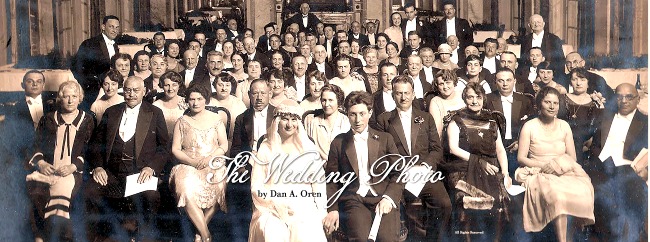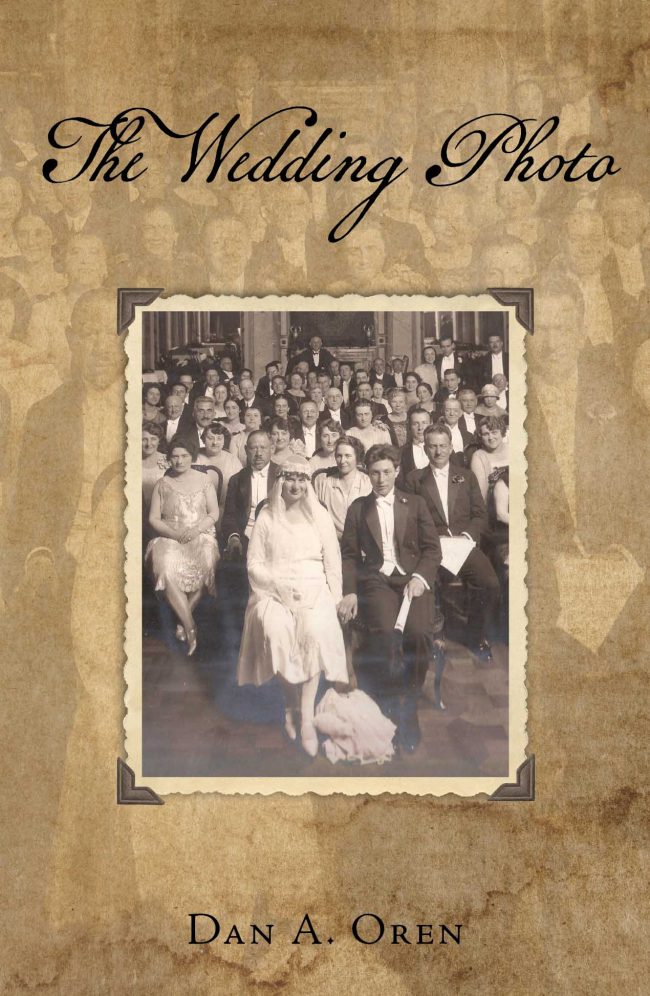
It all started on a Facebook group I belong to: A posted photo of a Holocaust victim who had committed suicide rather than be captured by the Nazis led to a larger discussion of the topic. Somehow, I hadn’t realized that many Jewish women and men took their lives, either to avoid being taken or to end their suffering at the death camps. I commented that I didn’t know anyone in my family who had done this.
Another member of the group replied that, in fact, a distant relative of mine had committed suicide — and that he would tell the story in the context of announcing his new book. Intrigued, I asked him to write a guest post about it, which is what you see here.
Just to clarify: I have been in previous correspondence with the author — he helped identify and translate the writing on some of my ancestors’ gravestones in Poland — so this wasn’t me inviting some random person on Facebook to take over my blog. As it transpired, I learned some fascinating things about my ancestors — completely unrelated to suicide.
And now I turn you over to Dan Oren and one of the best wedding photos I have ever seen.

The Suicide
I’ll deal with the suspense first: the woman who committed suicide that I was referring to was Edie’s third cousin twice removed’s husband’s sister-in-law. Not a blood relative, of course, but close enough so that when Edie’s grandmother’s third cousin (a Kornmehl descendant) invited people to her daughter’s 1926 Berlin wedding, the invitation list included her husband’s brother (Ludwig Klausner) and, I presume, included that brother’s wife Ella Klausner, who took her life in May 1938.
That wedding supplied the title photo of my new book. It took place on May 30, 1926 between Margot Klausner (the Kornmehl descendant) and Jakob Rosner.
I learned of this photo while trying to find the origins of my wife Jeanette’s maternal family. Jeanette’s mother Gaby was born in Berlin, and she had always thought her family was thoroughly German. But, in the course of tracking the history of her Leiser, Taubenschlag, and Ettinger ancestors from Berlin, to all of our surprise, each of those pathways eventually led back to Tarnów, Poland—ancestral home of Edie’s Kornmehl family. In fact Jeanette’s Kornmehl ancestor lived at the same street address (Tarnów house #20) that Edie’s ancestors Fischel and Reisel Bluma Kornmehl lived at in the early nineteenth century. (Other Kornmehls lived at various times at house #21 and #22.) As you can see from the photo image I’ve made by grafting Tarnow cadastral map numbers (courtesy of the Gesher Galicia map room) onto a current “birds-eye” view of central Tarnów from Google maps, if the cadastral map numbers match the house numbers, the extended Kornmehl family lived in what must have been a Jewishly prominent place in town: right across Rybny Square from the main synagogue of Tarnow. Confirming these specific street locations will require further investigation, however.

From Poland and Berlin to Israel
In the course of the search for Tarnovian roots and tree branches, genealogist and former Princeton University professor Yehuda Klausner of Beer Sheba, Israel, led us to find a “new” third cousin of Jeanette’s named Mooly Landesman, also in Israel, and also, unknowingly, a Kornmehl descendant. When Mooly pulled out a photo of her grandmother’s wedding that had lain hidden in a cupboard for decades, Jeanette and I were struck with amazement. It was a treasure trove for historical pursuit. Many of the people in the photo were surely Jeanette’s relatives. We could clearly identify Jeanette’s grandmother, her great-grandfather, and her great-great-grandmother in the photo. Mooly could identify her grandmother and great-grandparents. But who were the rest of the people? And, given that the photo in Berlin’s elegant Hotel Adlon (today rebuilt as the Adlon Kempinski) preceded World War II by little more than a decade, what became each of the nearly eighty people in the photo? The quest to find those answers is at the core of some of the genealogical mysteries in the book.
A Book Is Born
In the course of my own genealogical hunt that began in an abandoned Polish Jewish cemetery in 1993 and has kept me busy to this day, this book is a collection of some of the best learnings about family we never knew. It spans a quest ranging from Poland, Czechia, Germany, and Holland to the Metropolitan Museum of Art in New York, the Vatican, Argentina, and Israel, and the people who connected those locations. In the first chapter I pursue a genealogical tombstone puzzle, successfully solving the mystery of “Who is buried in Sarah’s tomb?” Later I trace the unknown fate of my great-grandmother in Lublin and, most surprisingly, the unimaginable fate of the home in which she lived (see photo).

Trying to find the origins of Jeanette’s great-grandfather in the wedding photo, an archivist helps us discover a world-renowned and recognized scholar whose life story had been hidden just a few miles from where we live. In trying to solve the mystery of where did Jeanette’s “Kuvin” family surname come from, Jeanette’s cousin Philip Roth (yes, the recently departed author, but not a Kornmehl descendant) unknowingly provides the clue that solves that puzzle.
My book is really a connection of genealogical puzzles that make the past come alive. I hope they will be of interest anyone with an interest in Jewish genealogy or the nineteenth and twentieth century Jewish experience.
The Wedding Photo is a soft-cover book, 222 pages, richly illustrated with full-color photos and diagrams. It is available through Amazon and other on-line booksellers, as well as directly from the publisher at Rimmon Press. You will find additional great background videos at the publisher’s website.

Bio: Dan A. Oren, M.D. has worked for thirty years as a psychiatrist and faculty member at Yale University, The National Institute of Mental Health, and the University of Rzeszów, Poland. Oren wrote Joining The Club: A History of Jews and Yale, and co-authored How to Beat Jet Lag: A Practical Guide for Air Travelers, as well as numerous scientific articles.

Fascinating
You know how I love historical/genealogical research. This book is a must for me. Have to laugh at the “how Edie is related” intro.
I do — and belated genealogy blog-oversary to you! And yes, the relationship to the bride is quite a stretch, though the location of our ancestors’ homes is not.
The wonderful world of Kornmehl relatives extends far and wide…back many centuries…and now we find out Dan’s wife, Edie and my husband’s relatives even lived together in Tarnow, Poland. Finding one’s ancestors and reporting on them is a fascinating endeavor and always a great read. I bought a copy of the book and it was a wonderful and interesting read.
That was a nice surprise, wasn’t it!? The world of genealogy — and Jewish Tarnow — is a close one. I just ordered the book and am looking forward to reading it.
Now that I am approaching middle age (ha!) only now I find my interest in these matters growing, especially after seeing a 1940 photo of a girl in a detention camp taken in Poland near the place my grandparents left in the 1880’s. The girl, about 11, is the spitting image of my mother.
I had little or no interest or knowledge of the Holocaust growing up. I am just beginning to understand
I didn’t want to know for the most part. Once I thought in terms of exploring the lives of the living rather than the dead, however, I became more interested.